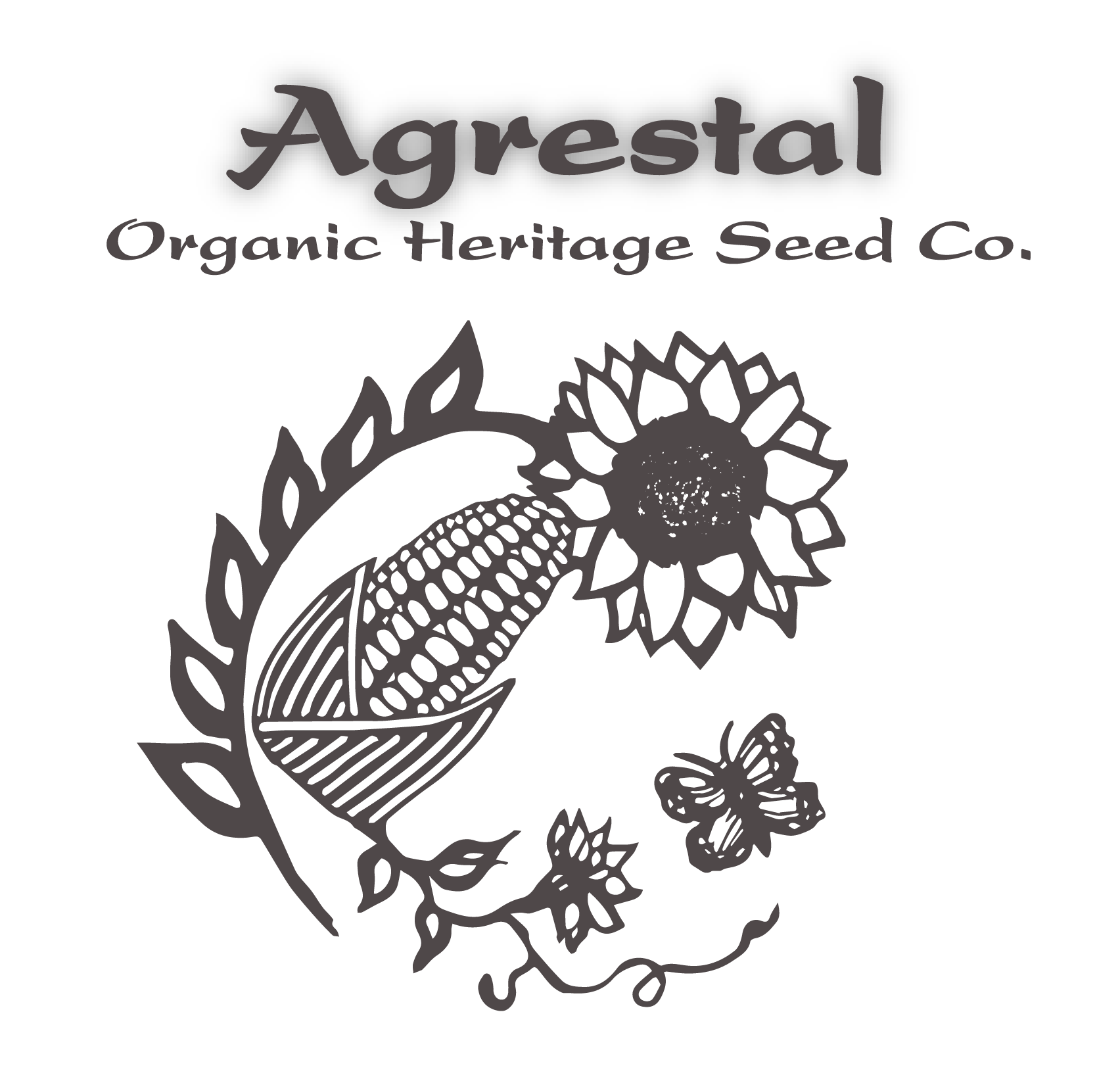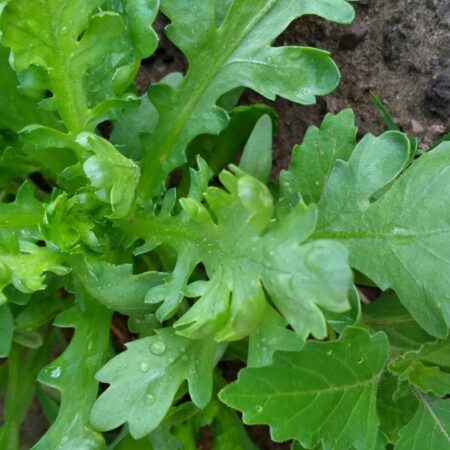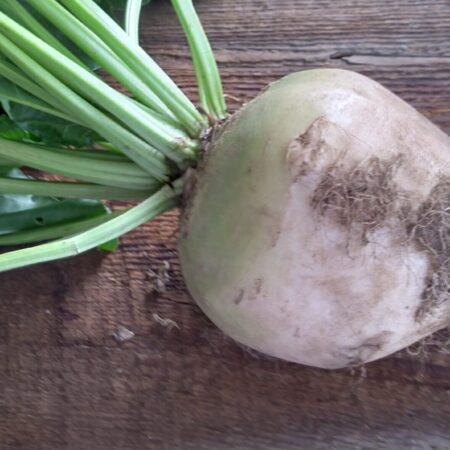Product Details
Borage (Borago officinalis) (Annual/Self-Seeding)
Heritage: Germany
Selective cultivation by German Nuns in the Middle Ages produced the variety of Borage still grown today. Arriving in North America a long time ago, it is considered to be a fully-naturalized species.
Bushy 2-3’ (60-90cm) plants are super-vigorous producers of light mauve-purple flowers, perfect for salad toppings. Also a delightful accompaniment to ice-tea – freeze the flowers in an ice cube, add them to your cool drink, and they will impart a fresh hint of cucumber essence! Tender young leaves are edible as mesclun greens, providing a hint of faint cucumber. Leaves are an historical medicinal herb for numerous ailments. The masses of beautiful blue-purple flowers will keep producing all summer until frost and are a favourite with all types of pollinators. Develops soft prickles as it matures. This herb thrives in hot sun and poor dry soils. (70 seeds/g)
Be Warned, once you plant Borage, you will always have Borage! Very hardy and invasive, continuously self-seeding … although … a lovely companion plant for Tomatoes, Pole Beans and Cabbage, reducing caterpillar and hornworm invasions.
Tips for Growing Buckets of Borage! Borage thrives in almost all types of well-drained soil and full sun. After the danger of frost has passed, plant the seeds ¼” (6mm) deep, gently cover with soil and tamp/press down so that the seeds are in contact with the earth. Lightly water, ensuring the soil remains moist, but not over-watered. Thin to 12” (30cm) apart. Ensure you keep removing the flowers to encourage leaf growth. The best planting companions for Borage are: tomatoes, cabbage, strawberries and squash. Borage usually germinates within 5-14 days (65-75ºF/18-23ºC)






